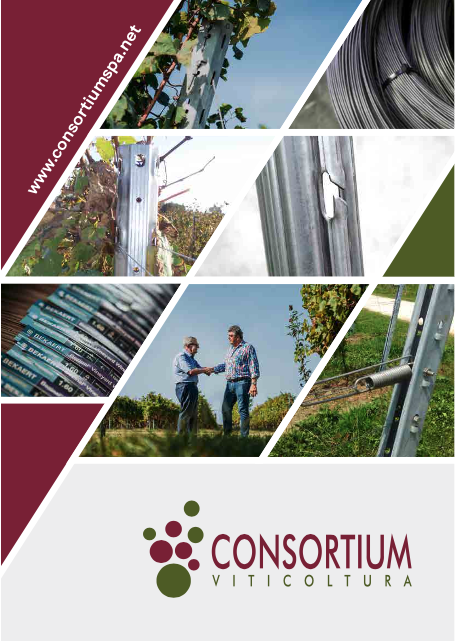Our promise: to offer tools and approaches
innovative approaches to viticulture.
From day one, we have been driven to explore new frontiers, apply new technologies, and find the best partners with whom to collaborate on product development and raw material procurement. And to this day, we are still constantly looking for the best ways to design and evolve our tools, listening to the market, the changes in the vineyard and our customers.

From the initial decision to decontextualize the use of stainless steel in a field where it had never before landed, that of viticulture, to the conception of the vineyard pole with the contoured wire-holder slot to the creation of an innovative automated machine that enables the profiling of new formats and a speeding up of production-we harness technology and intuition to elevate our quality and efficiency.
After profiling, the steel poles undergo preventive treatments of washing and preparation by the Galvanizing plants for subsequent immersion in a bath of liquid zinc at a temperature of about 450° C, thus coating them with a layer of alloy of higher hardness than the steel below. The thickness of the zinc layer varies from 50 to 80 µm (uni en iso 1461 standard). The posts are then cooled rapidly to avoid swelling of the intermediate alloying zone, which does not sufficiently protect the profile. Freshly galvanized poles have a shiny surface; later, a film of zinc hydroxycarbonate with an opaque appearance will form on the surface.
Small scratches on the galvanizing are not a problem, due to an electrolytic process (Cathode Anode) that is triggered by atmospheric moisture, but severe damage on the pole surface can be dangerous, because it can destroy a considerable layer of zinc. Damage with a surface area of several millimeters should be treated in the following manner: remove any rust that may have formed and apply one or more coats of zinc paint. Repairing with paint does not have the same quality as hot-dip galvanizing, but it considerably prolongs the life of the zinc coating.
IMPORTANT
The directions we give below for proper curing of poles are necessary to prolong the life of the installation. These methods apply to any galvanized artifact.
Store i poles outdoors
In case of prolonged outdoor stay, place the poles on sleepers in a sloping position so that they are well ventilated and water stagnation does not occur.
Control the wind direction so that ventilation keeps the poles dry.
New poles don't have to stay in proximity to fertilizers or chemical vapors or corrosive substances in general. Poles should not come in contact with harsh chemicals at all.
HOW TO PLANT THE STAKES
Stakes are usually planted with a hydraulic system. For stony soils, it may be necessary to drill a hole in the ground before planting the pole.
Europa I should be planted at the distance of 4+6 m depending on the height and at a depth ranging from 25 to 30% of the total height of the pile. If augers are used, it is best to avoid the formation of hollow volumes in the soil by compacting the soil, including by pressure water jets.
It is good to pile soil at the base of the poles to prevent them from being submerged in standing water; in fact, they are not suitable for use in marshy areas.

